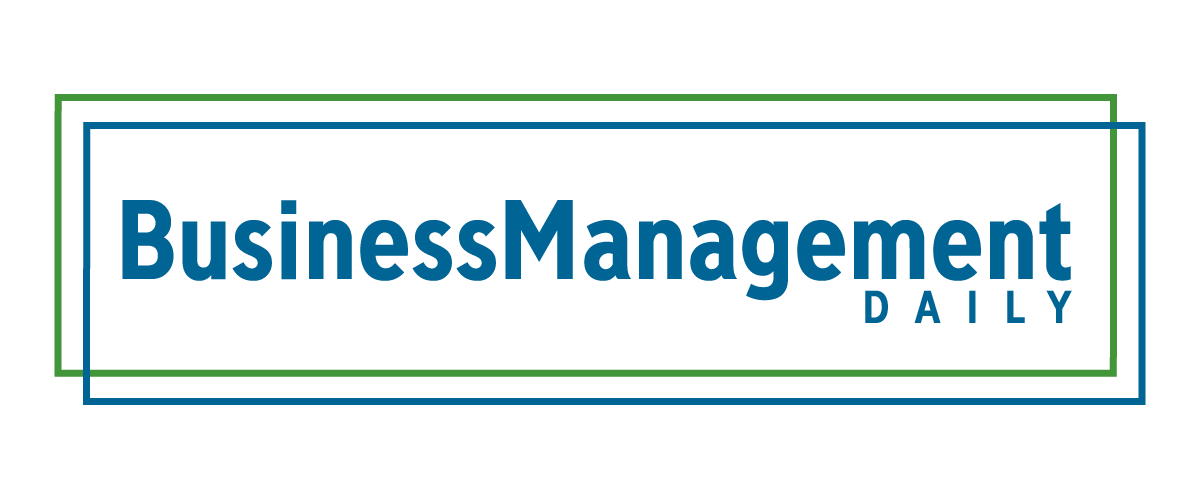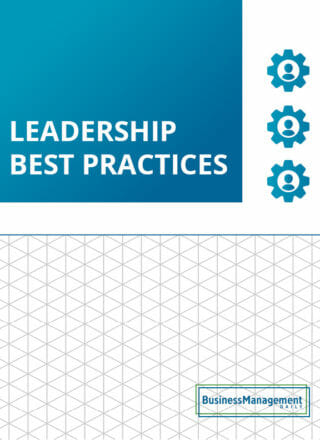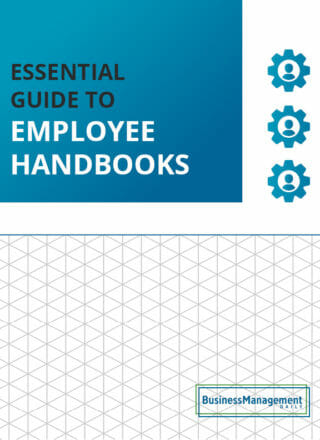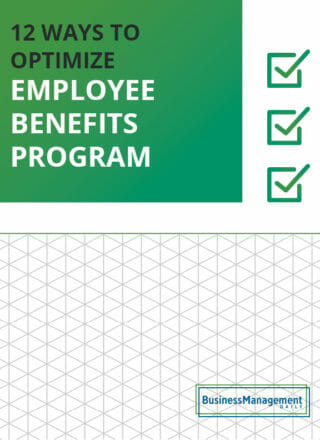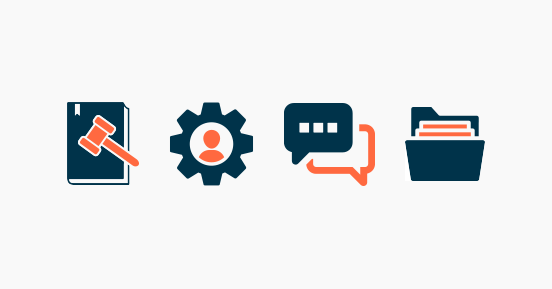Compensation and Benefits
A strong employee benefits program – including low-cost employee incentives, employee recognition programs and employee appreciation programs – can help you improve morale and retention.
Whether it’s minimum wage, workers’ compensation laws or employee appreciation day ideas, we can help you with employee retention strategies and employee benefits management.
What’s the difference between wage and salary?
Both terms are frequently used interchangeably. Depending on the context, this can be confusing. Wage frequently refers to an amount paid on a daily or weekly basis to a manual laborer or unskilled worker. A better term is hourly wage, as this is what the FLSA uses for non-exempt workers. Salary, on the other hand, is the FLSA term for how exempt workers are paid. The FLSA requires that most exempt workers be paid on a salary basis. Salary basis means being guaranteed an amount paid in any one week in which the exempt worker performs any work. That minimum amount is currently $455 per week, but is expected to rise by early 2020.
What employee benefits are required by law?
That depends on where the employer and employees are located and how many employees the employer has. Generally, absent a specific federal, state or local law, employers don’t have to provide benefits. Some exceptions include limited time off and health coverage. On the federal level, covered employers must provide unpaid FMLA leave for eligible workers as a benefit. The ADA may require unpaid medical leave as a reasonable accommodation. The Affordable Care Act (ACA) also requires that some employers provide health coverage for workers or pay a penalty for failing to do so.
Warning: Many states and cities have special laws requiring employers to provide benefits, including paid time off for illness, childbirth and bonding, school meetings and organ donation. Other possible state and city benefits include the right to a set schedule, pay not based on prior salary and paid breaks. Always check with your state and city to see what benefits you must provide.
What’s an employee assistance program?
An employee assistance program (EAP) is a voluntary benefit many employers provide for workers. The details vary by employer. Generally, an employer contracts with an outside entity to provide help for employees requesting assistance. That help may include free or low-cost counseling for personal or work-related problems. The service is usually confidential, with exceptions for threats to others or the workplace revealed during counseling. If you have an EAP, you should let employees know it is available and how to access services. But you should avoid suggesting or demanding that a specific employee use it. That may violate the ADA.
What’s the difference between work perks and benefits?
Benefits generally refer to a specific promise or entitlement, usually outlined in the employee handbook and company policies. Perks, on the other hand, are generally things of value an employer provides on a casual basis. For example, vacation and sick leave are benefits while donuts in the breakroom on Mondays are a perk.
